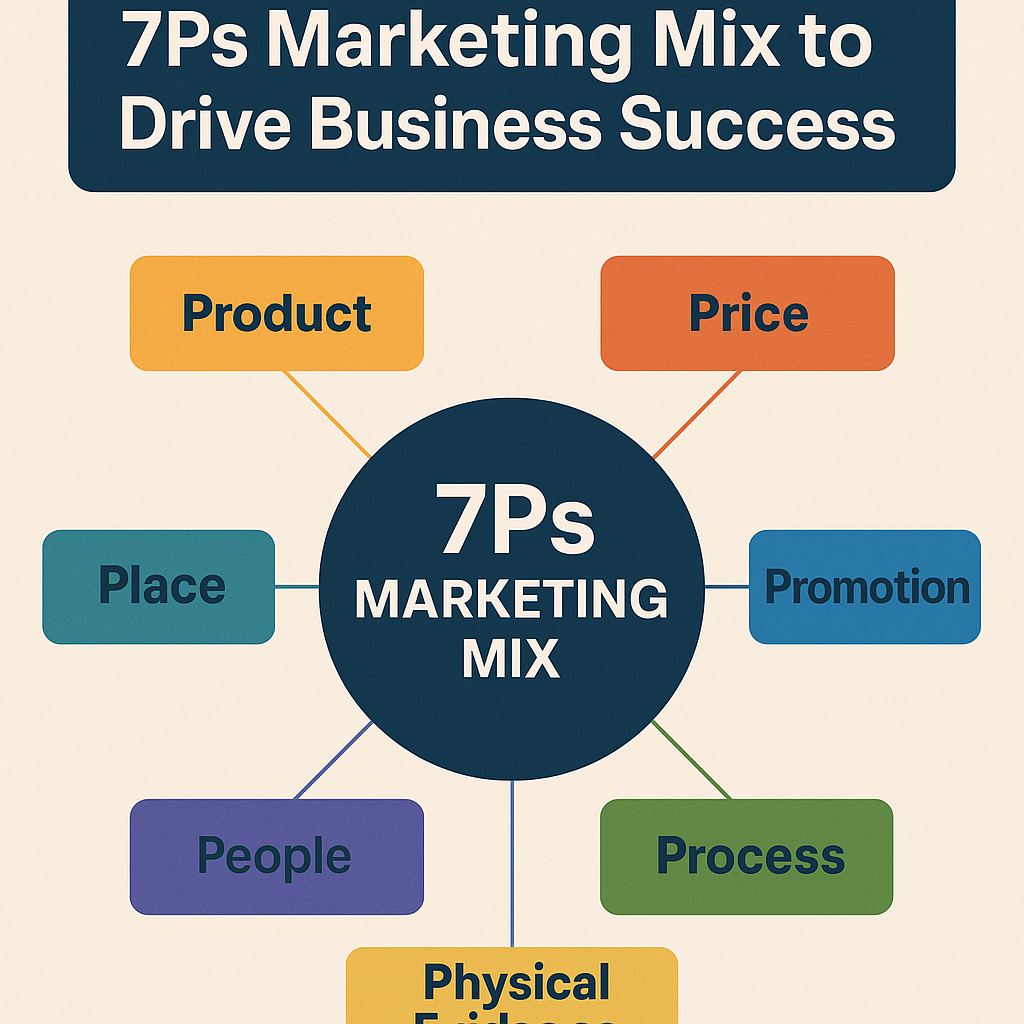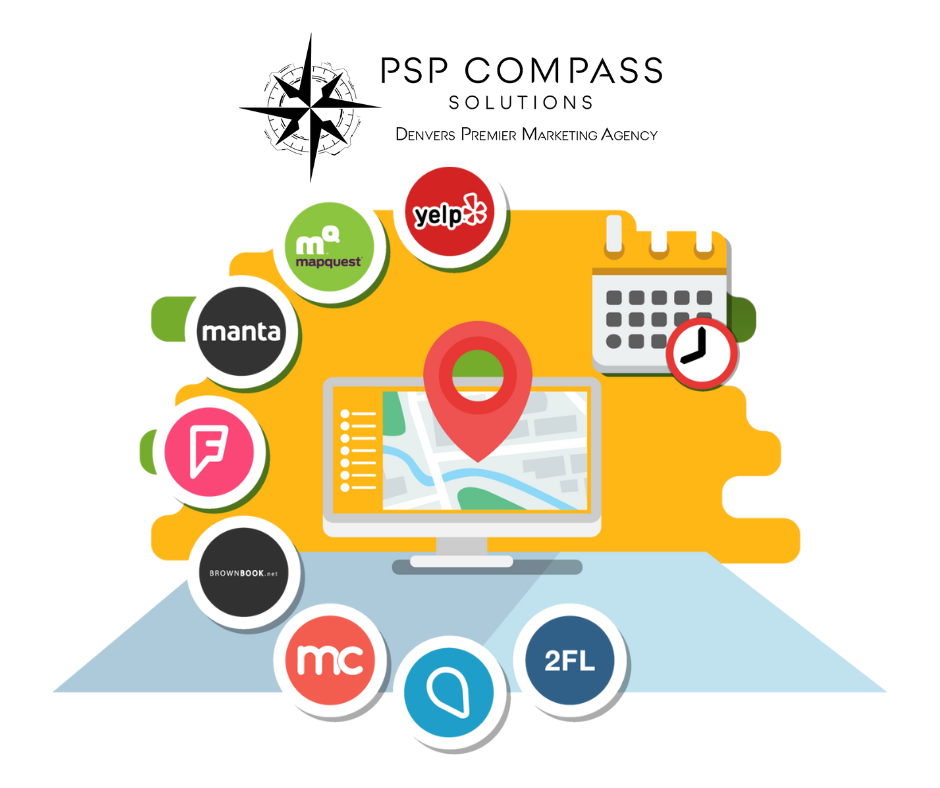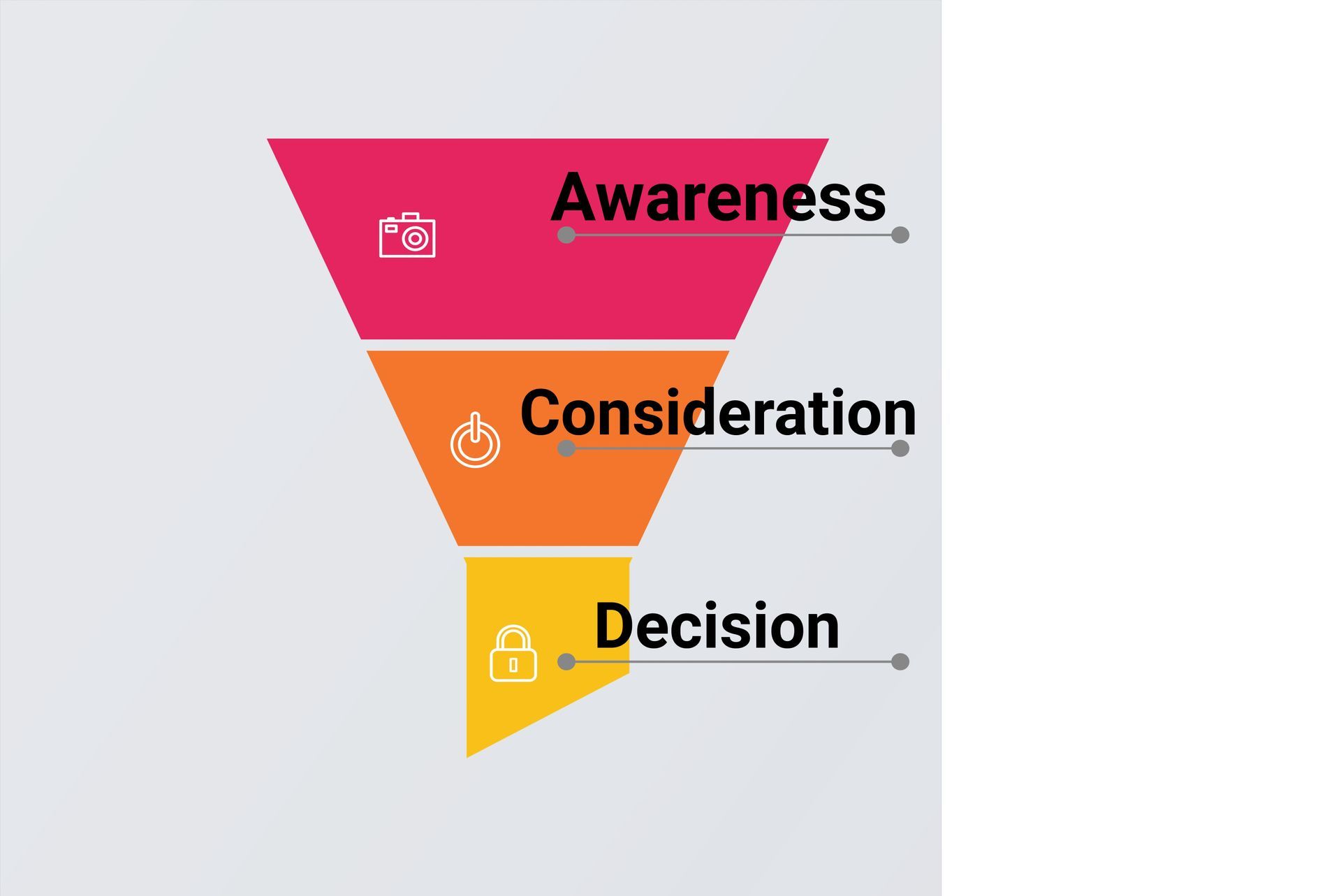Understanding the Crucial Difference Between Mobile-Friendly and Mobile Accessible

Starting July 5, 2024, Google will no longer index websites that are not accessible on mobile devices. This update is part of Google's mobile-first indexing initiative, which began in 2016. If your site doesn't render on mobile, it won't be indexed or ranked by Google.
The Difference Between Mobile-Friendly and Mobile Accessible
It's essential to understand the distinction between being mobile-friendly and mobile accessible. A mobile-friendly site offers a good user experience on mobile devices, such as easy navigation and readable text. However, mobile accessibility means that your site can load and be viewed on a mobile device, regardless of whether the user experience is optimized.
- Mobile-Friendly: Enhances user experience with optimized design, layout, and navigation for mobile users.
- Mobile Accessible: Ensures the site can load and be viewed on mobile devices. This is the minimum requirement for Google indexing.
Google’s new rule emphasizes mobile accessibility over mobile-friendliness. While having a mobile-friendly site is beneficial, Google will not stop indexing your site due to user experience issues. The critical factor is that your site must be accessible and renderable on mobile devices.
Key Points of Google's Mobile-First Indexing
- Mobile Accessibility is Crucial: Ensure your website is fully accessible on mobile devices. Use responsive designs or mobile-specific templates to comply with this requirement.
- Check Your Site: Use the Google Search Console URL Inspection tool to verify that your site loads correctly on mobile devices.
- Stay Updated: Google will still use the Googlebot Desktop crawler for specific purposes like product listings and Google for Jobs. However, the primary focus will be on mobile accessibility.
Action Steps
- Audit Your Site: Check for mobile accessibility issues. Ensure all content is accessible and renders correctly on mobile devices.
- Update Your Design: Implement responsive design practices or use mobile-specific templates.
- Test Regularly: Regularly use tools like the Google Search Console URL Inspection tool to ensure your site meets Google's mobile indexing requirements.
By following these steps, you can ensure that your site remains visible and ranks well in Google search results.
Conclusion
Effectively managing mobile accessibility increases your website's chances of being indexed by Google, which is crucial for maintaining visibility and reach. Understanding the difference between mobile-friendly and mobile accessible helps prioritize the necessary changes. Regular audits and updates will keep your site compliant with Google's requirements, ensuring it remains indexed and ranked.
References
Share this Blog Post on Social Media















